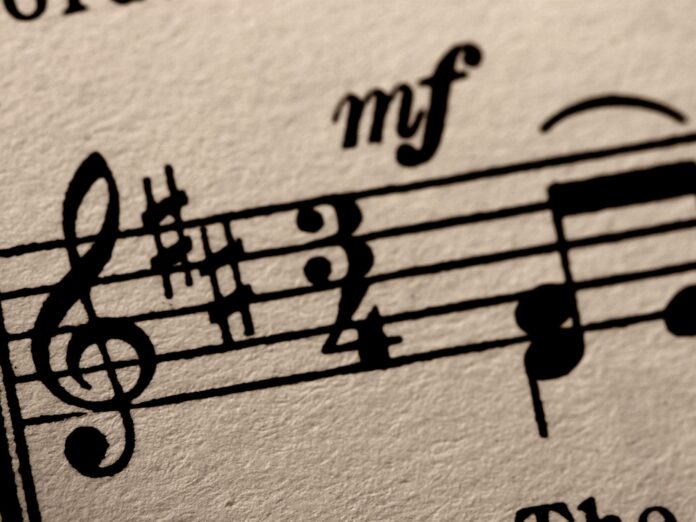You’ve probably noticed that you tap your foot to a steady beat when you listen to music. The beat of the music makes you tap your foot. In music notation, we use different lengths of music notes to go with that beat.
There are different types of rhythm in music. But in this article, we’ll look deeper into the common rhythmic patterns in music theory.
What is Rhythm?
The simplest way to describe rhythm in music is the way notes of different lengths are put together.
Most people think of a song’s “rhythm” as how fast or slow it is or how long or short the notes are. But this important part of music is much more than that.
The rhythm is made up of both strong and weak beats. “Downbeat” refers to the first beat of each measure. Other strong beats have a lot of emphases. Both pop and classical music use strong and weak beats to make it easy to remember rhythmic patterns.
Note Values and Their Duration
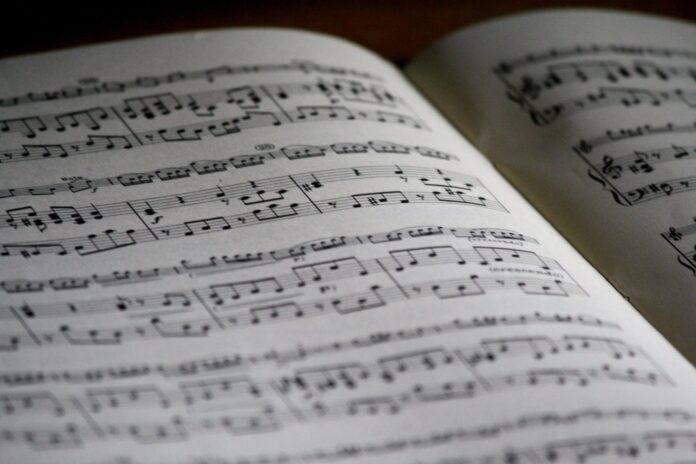
In music notation, the tails of two or more eighth or sixteenth notes are substituted by a beam when notated close to one other.
- Whole note- Held for four counts
- The Half notes- Held for two counts
- The quarter notes- Held for one count
- The eighth notes- Held for half a count
- The sixteenth note- is Held for a quarter of a count
Take note that in music notation, the tails of two or more eighth and sixteenth notes are substituted by a beam when notated close to one other.
Common Types of Rhythmic Patterns
To get a better feel for rhythm in music, you need to understand and master a few basic lengths. When we talk about how to describe musical rhythm, these are the tools that musicians use. Notes are used to show pitch, and the rest symbols show silence.
1. Longer Duration
In music, there is both sound and silence over time. Let’s look at some sound lengths in music.
The whole note is the most common note value that is the longest.
Four counts, or beats, make up the whole note. Musicians use the words counts and beats interchangeably, but they both mean how long a note is.
When you practice rhythm, the first beat always comes at the same time as the first sound you make. So, if you play a whole note, the first count will happen when you clap your hands. This is important information to keep in mind.
2. Shorter Duration
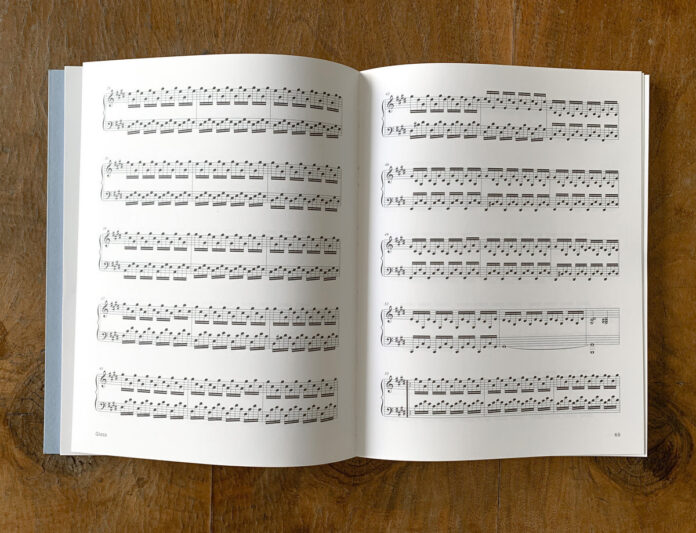
The length of a quarter note is one count. A half-count is how long an eighth note lasts. This means that you need two eighth notes to make a quarter note, four eighth notes to make a half note, and eight eighth notes to make a whole note.
There are two main kinds of eighth notes: single eighth notes and eighth notes that are beamed. This is what a single eighth note looks like:
The smallest note value that is often used is a sixteenth note. Each sixteenth note lasts for a quarter of a beat. This means that an eighth note is made up of two sixteenth notes, a quarter note is made up of four sixteenth notes, a half note is made up of eight sixteenth notes, and a whole note is made up of sixteen sixteenth notes.
Like eighth notes, sixteenth notes may be shown as single notes or as two notes conjoined by a beam.
3. Dotted Notes
The fact that we haven’t spoken about three-beat rhythms yet may be noticeable to some of you. We need to add a new symbol, the dot, to make a rhythm that lasts three beats. If there is a small dot in the bottom right corner of a note, it means something important. The dot makes the note worth half as much as it was before. It means that you have to do some math.
There are two counts of the half note. 12 of 2 is 1. 2 plus 1 is 3. This means that the half note with the dot is worth three counts. Make sense? We can make a longer note by putting a dot next to a rhythm. Based on this reasoning, how long do you think a dotted quarter note lasts?
One count is the length of a quarter note. ½ of 1 is ½. 1 plus 12 equals 1 12. This means that a quarter note with a dot is equal to three eighth notes or one 12 count. When you think about how these rhythms build on each other, this makes sense. Three counts, or three-quarter notes, are equal to a half note with a dot. A dotted quarter note is the same as three eighth notes or 1 12 counts. This means that the eighth note with a dot is the same as the three sixteenth notes.
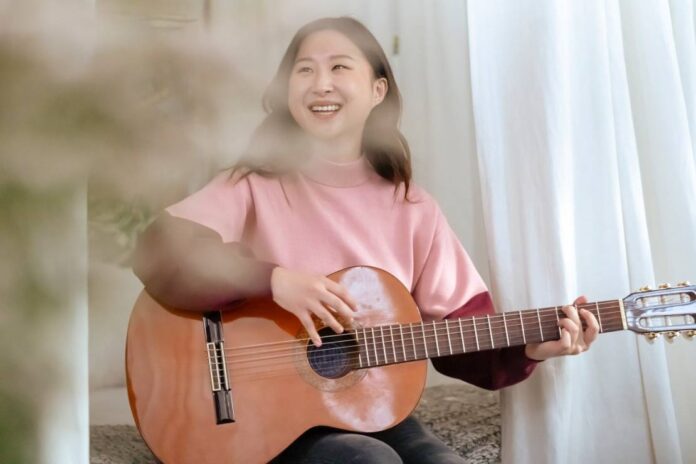
-
Dotted Whole Note
The whole note with dots lasts six beats. So, you won’t see a whole dotted note unless there are six or more beats per measure in the time signature. If you don’t, you’ll just see a whole note connected to a half note.
-
Dotted Half Note
The dotted half note looks like a regular half note, except that there is a small dot next to the note head on the right side. Notes with dots are worth half as much as notes without dots.
-
Dotted Quarter Note
The quarter note with a dot lasts for 1 12 counts, the same as three 1/8 notes. In a 4/4 time signature, the dotted eighth note hemiola, like the dotted quarter note hemiola, takes three full measures to finish.
-
Dotted Eight Note
As with the dotted half note and dotted quarter note, dotted eighth and sixteenth notes have the same timbre. Keep in mind that the dot adds 12 of the note’s value to the rhythm. So, the eighth note with a dot equals 3/4 of a count. Since the eighth note gets 12 of a count and 12 of 12 is 14, the dotted eighth note gets 12 + 14, or 34 of a count.
-
Dotted Sixteenth Note
The same rules apply to the dotted sixteenth note. Let’s figure it out by doing some math. 1/4 of a count is given to the sixteenth note. 14 plus 18 is equal to 38. The dotted sixteenth note looks the same as a regular sixteenth note, but it has two flags instead of one.
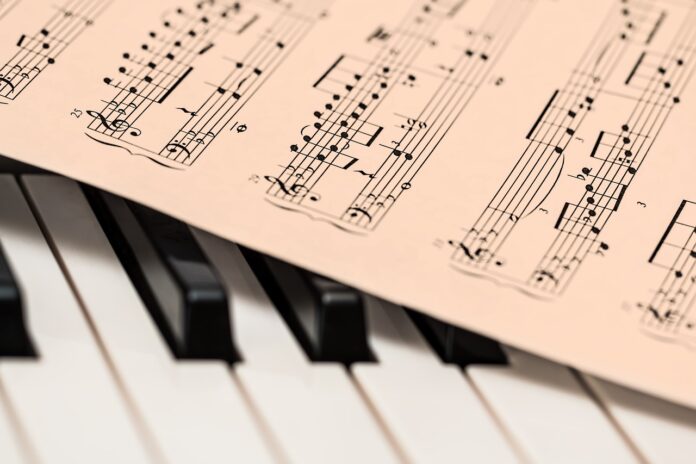
Bottom Line
Rhythm in music refers to the order and timing of occurrences. Some of the most popular rhythmic patterns have been covered in this site section. To understand more about these and other rhythms, look at the links we’ve provided. Don’t be afraid to get in touch with us if you have any more questions.

